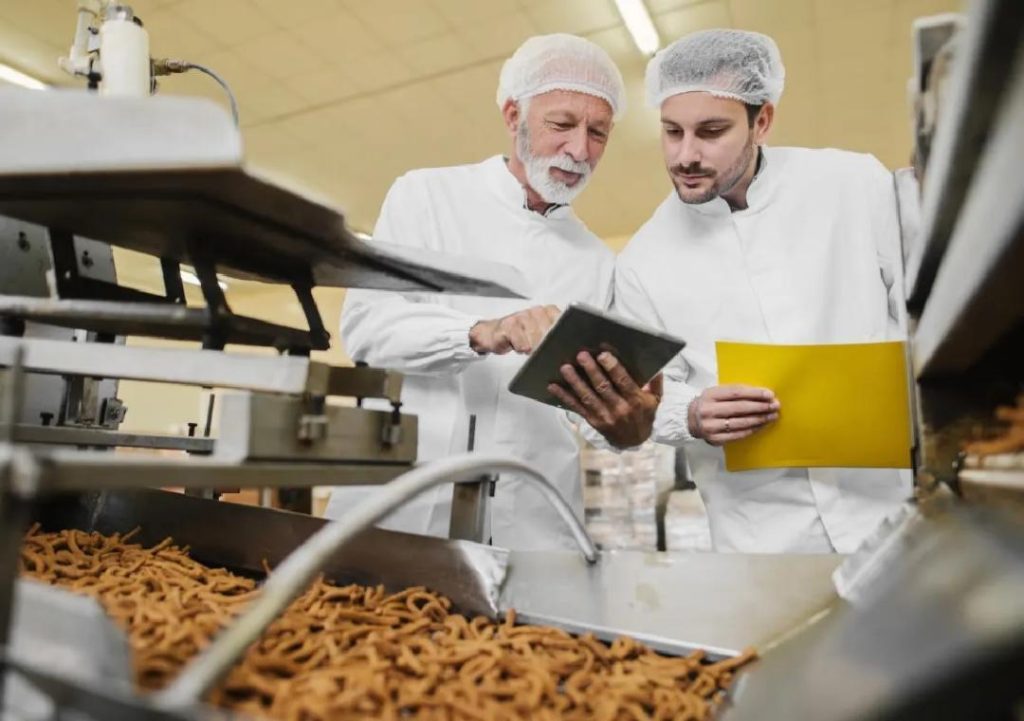
Can P&L Optimisation Redefine Success in Food Technology?
The food technology industry is witnessing a significant shift in the way companies approach profitability. Gone are the days of relying on manual processes and gut feelings to manage profit and loss (P&L) operations. Today, food tech companies are embracing automation, smart inventory systems, and data analytics to streamline their P&L operations and drive growth.
As a result, companies are experiencing a significant reduction in waste, improved demand forecasting, and better decision-making. By adopting scalable models, businesses are able to boost margins, ensure sustainable growth, and stay competitive in the industry.
So, what does P&L optimisation entail, and how can food tech companies achieve it? In this blog post, we’ll delve into the world of P&L operations and explore the strategies that are redefining success in food technology.
The Challenges of P&L Operations in Food Tech
P&L operations in food tech can be complex and challenging due to the following reasons:
- Unpredictable demand: Food products have a limited shelf life, making it difficult to predict demand and manage inventory.
- High waste rates: Food products can spoil quickly, resulting in significant waste and loss of revenue.
- Complex supply chain: Food products often involve multiple suppliers, distributors, and logistics providers, making it difficult to track inventory and manage costs.
- Limited visibility: Manual processes often lead to a lack of visibility into P&L operations, making it difficult to identify areas for improvement.
The Benefits of P&L Optimisation
So, what are the benefits of P&L optimisation in food tech? By streamlining P&L operations, companies can:
- Reduce waste: Automation and smart inventory systems can help reduce waste by tracking inventory levels and alerting companies to potential shortages or overstocking.
- Improve demand forecasting: Data analytics can help companies better predict demand, enabling them to adjust production and inventory levels accordingly.
- Enhance decision-making: Real-time data and insights can help companies make better decisions about pricing, production, and inventory management.
- Increase profitability: By reducing waste and improving demand forecasting, companies can increase profitability and boost margins.
Strategies for P&L Optimisation
So, how can food tech companies achieve P&L optimisation? Here are some strategies to consider:
- Implement automation: Automation can help streamline P&L operations by automating tasks such as inventory tracking, demand forecasting, and order management.
- Use smart inventory systems: Smart inventory systems can help companies track inventory levels and alert them to potential shortages or overstocking.
- Leverage data analytics: Data analytics can help companies gain insights into P&L operations and make data-driven decisions about pricing, production, and inventory management.
- Optimise supply chain operations: Companies can optimise supply chain operations by streamlining logistics, reducing transportation costs, and improving inventory management.
- Scalable models: Food tech companies can adopt scalable models to ensure that their P&L operations can adapt to changing demand and market conditions.
Real-World Examples of P&L Optimisation in Food Tech
Several food tech companies have already achieved significant success with P&L optimisation. Here are a few real-world examples:
- Food delivery company: A food delivery company used automation and smart inventory systems to reduce waste and improve demand forecasting. As a result, they were able to increase profitability by 15%.
- Food manufacturer: A food manufacturer implemented data analytics to gain insights into P&L operations and make data-driven decisions about pricing, production, and inventory management. As a result, they were able to increase margins by 10%.
- Farm-to-table company: A farm-to-table company used scalable models to ensure that their P&L operations could adapt to changing demand and market conditions. As a result, they were able to increase revenue by 20%.
Conclusion
P&L optimisation is no longer a luxury, but a necessity for food tech companies that want to stay competitive in the industry. By streamlining P&L operations, companies can reduce waste, improve demand forecasting, and make better decisions. With the help of automation, smart inventory systems, and data analytics, food tech companies can achieve scalable models that enable sustainable growth and profitability.
As the food technology industry continues to evolve, it’s likely that P&L optimisation will become an even more critical component of success. By embracing P&L optimisation, food tech companies can unlock new opportunities for growth, profitability, and sustainability.
References
For more information on P&L operations in food tech, check out this article by GrowthJockey: https://www.growthjockey.com/blogs/p-and-l-operations-in-food-tech






